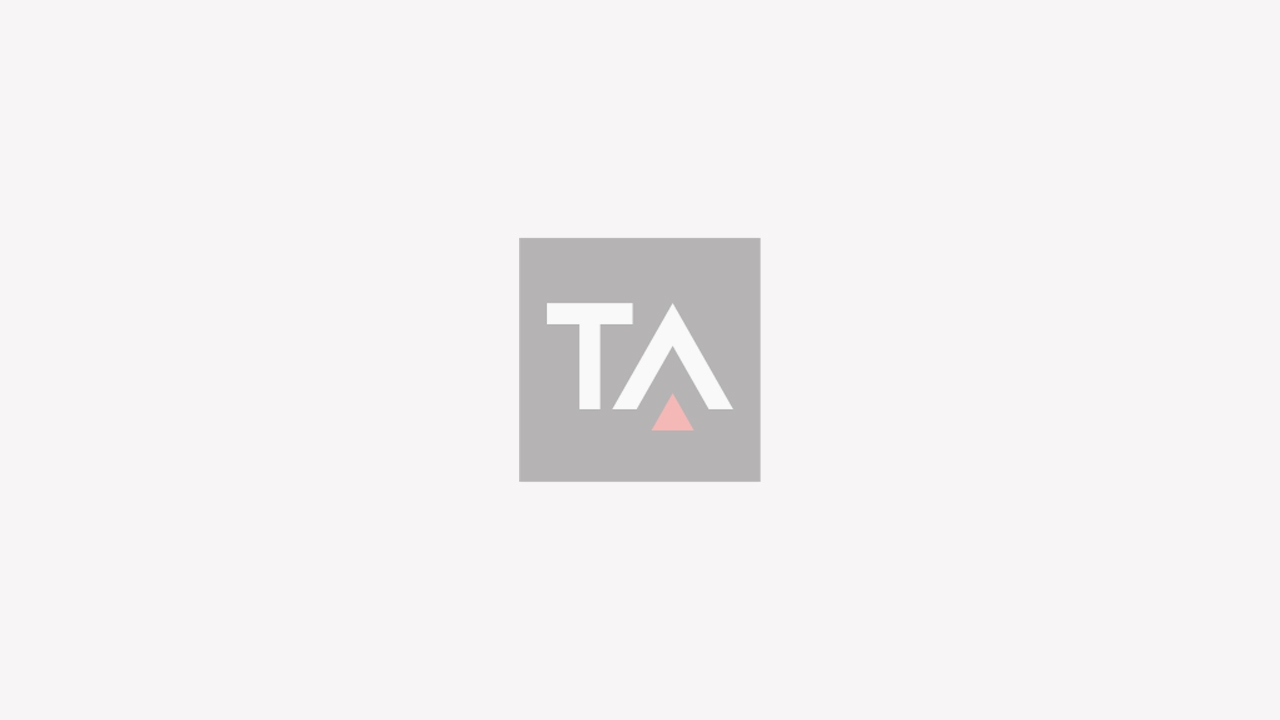Honeywell forecasts growth in spares market

In a White Paper just released, HAT predicts the highest growth will come from the Asia Pacific region, which is starting from a smaller volume base than the more mature North American and European markets.
“An important aid for any competitor in penetrating this and other geographical markets successfully is to be able to trade on established relationships and an established brand name,” says the White Paper ‘The Pre-Owned Parts Market: ‘Strong Today, Stronger Tomorrow.’ “Companies which already have these weapons in their marketing arsenals should be able to extract market advantage from them.”
HAT says it believes that two-thirds of the market for USM (useable serviceable material) and reconditioned material will be for engine parts with the next largest market category, in terms of overall dollar business volume, being components. Airframe parts, particularly those which require motors or actuators, such as flaps, will make up the remainder of the market.
“Overall the market for commercial aircraft spare parts - new and used – is growing substantially,” says the White Paper. “Although USM represents only about 10% of the total market, it should continue to represent at least that proportion of the market throughout the next decade and beyond.”
Previous analyst estimates have put the total MRO material requirement by 2019 to be US $47.8 billion rising to US $55.4 billion by 2024 with the entire commercial aviation MRO business being then worth around US $86.8 billion.
The White Paper outlines increasing maturity in the pre-owned parts market citing the increased involvement of OEMs as a key factor. “Market participation by OEMs provides customers with products carrying an OEM tag and an OEM warranty, easing any concerns they have that a pre-owned part might not be of suitable quality,” it says.
The paper also points to an increasing trend towards exchange transactions, which, it says, “can be used to improve availability and help defray the cost of urgent repairs, as can parts-pooling arrangements.”
HAT says its own MRO materials business is sustaining a higher-than-average growth rate due to product offering and geographic reach expansion
Stay up to date
Subscribe to the free Times Aerospace newsletter and receive the latest content every week. We'll never share your email address.

